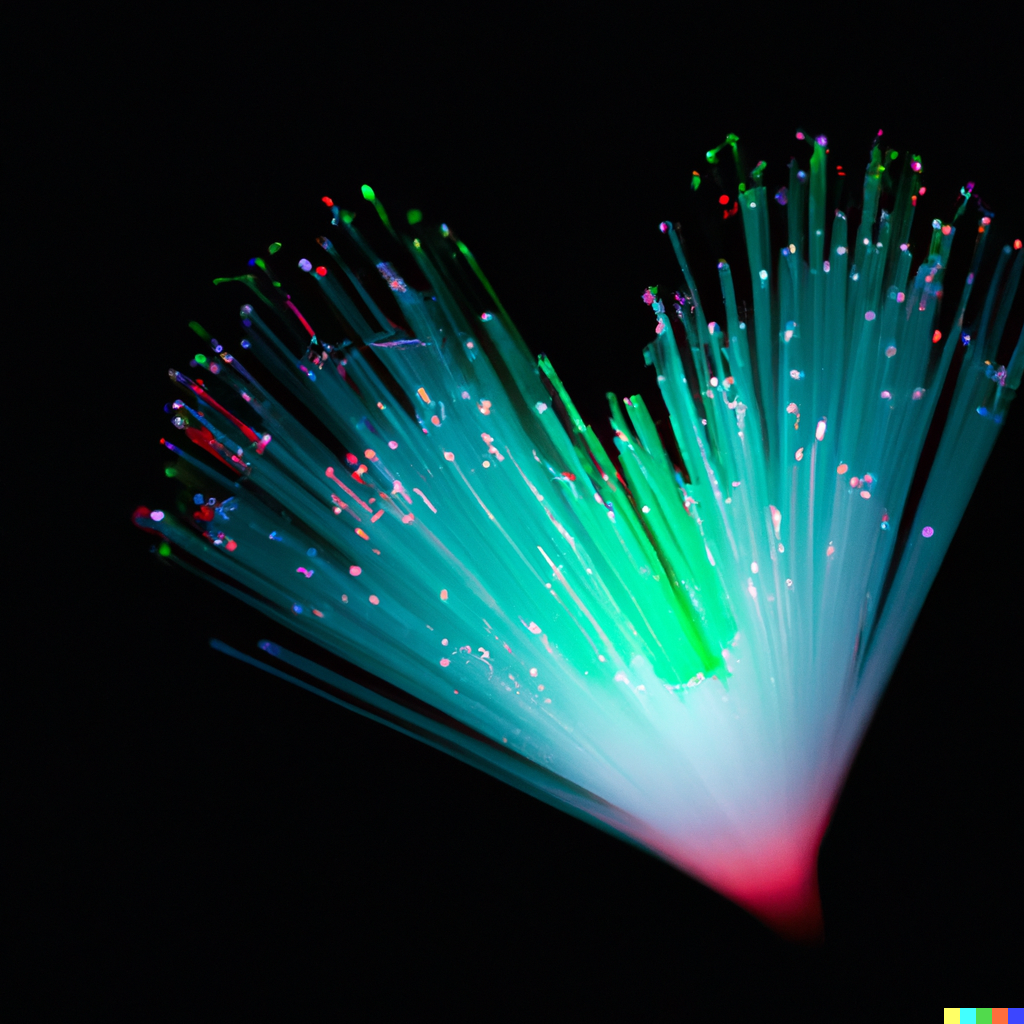
Photoactivated Ion Channel Blockers for Heart Attack Treatment
Acute myocardial infarctions (heart attacks, AMI) occur almost 800,000 times a year in the US. They result from blockages in the coronary arteries (the blood vessels that feed the heart oxygen) and can be treated with catheters that enter the arteries through the arm or leg and snake their way up, tipped with an inflatable balloon and sometimes a metal stent. The balloon is inflated to compress the material blocking the artery against the walls, introducing a lumen that can be held open with the stent. However, abrupt reintroduction of blood (also known as reperfusion) causes reversal of the sodium-calcium exchanger (NCX), a passive ion channel that operates in reverse and causes heart muscle death through calcium imbalances. With collaborators at the Consejo Superior de Investigaciones Científicas in Madrid, Spain and the Universitari Vall d'Hebron - Institut de Recerca in Barcelona, Spain, we are creating NCX inhibitors that can be activated and deactivated when illuminated by different wavelengths of light. Using flexible optic fibers, optical focusing systems, and efficient LED-based electronics, we can modulate the NCX-inhibitor alongside the balloon catheter, improving reperfusion outcomes by minimizing heart muscle death.